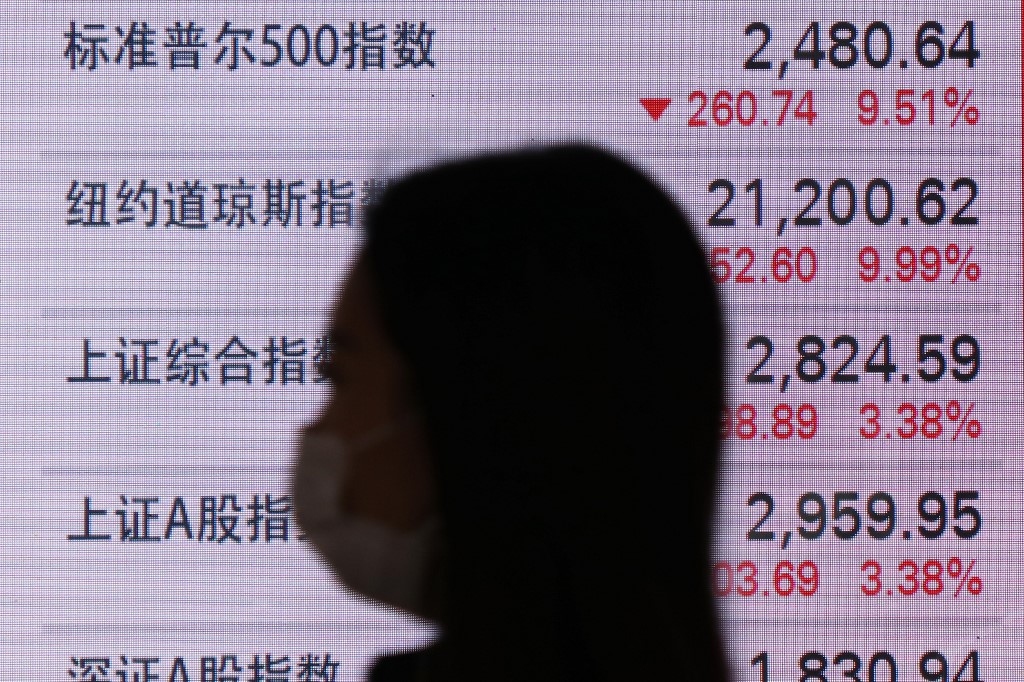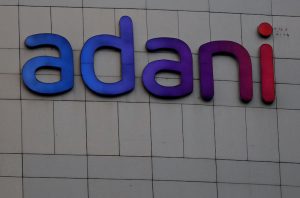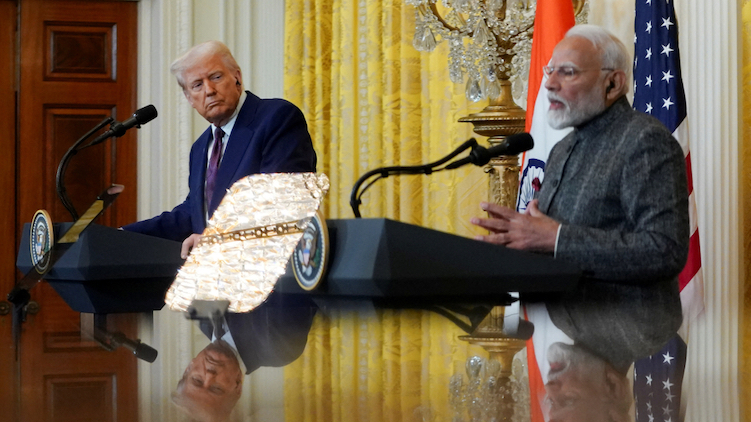(ATF) – Demand for the safe haven dollar has sky-rocketed in these turbulent times forcing the US Federal Reserve to open swap lines with other central banks, a measure which will give the market temporary respite, as the economic impact of the global pandemic is still unfolding.
Earlier this week, the US Federal Reserve announced the establishment of six month US dollar liquidity arrangements with other central banks. It set up swap lines of $60 billion each with the central banks of Australia, Brazil, South Korea, Mexico, Singapore, and Sweden. Norway, New Zealand, and Denmark central banks got swap lines of $30 billion each.
This had a dramatic impact on funding costs of dollars, the world’s main reserve and payments currency.
“I would say that these swap lines are aggressive and should ease worries about USD shortages across many economies. EUR and JPY cross currency basis swaps, while volatile, shows easing of USD demand,” said Eugene Leow, strategist at DBS Bank.
Libor-OIS
The cross-currency basis swaps, or the premium that is charged to swap one currency for another, is reflecting the demand for dollars – as $12 trillion of the global liabilities are owed in that currency, according to JPMorgan.
The 3-month euro basis is now close to zero after plunging to -82 bps on March 16. The 3 month yen basis has leapt to -88 bps from -136bps on March 19.
But the 3-month Libor-OIS spread at 98 bps, is still elevated compared with last month’s normal levels of around 23 bps.
“USD funding troubles may continue for a while longer. Month and quarter end looms, and the measures employed by the Fed and others thus far may serve as a cushion but not an overnight fix. The dollar can keep strengthening. We look for DXY to gain toward 105 and EUR/USD to fall to 1.05 by the end of next week,” said Wells Fargo economists in a report published on Friday.
As this human tragedy unravels, knocking the global economy, parallels are being drawn with the global financial crisis when the flight to safety resulted in a scramble for dollars. The 3-month Libor-OIS spread had spiked to over 4% as investors de-risked their books.
Signs of stress
“There has been signs of stress in USD funding markets. What is occurring now is different than during the financial crisis though. The moves in the crisis were driven by concerns about banks and whether they would continue to operate,” said Jack Chambers, strategist at ANZ.
“This time banks are seen as being very safe, as a result of the last decade of regulation to make sure they can withstand crises. Instead, there is broader credit risk due to the economic fallout from COVID-19. This has resulted in Libor/OIS widening.”
Chambers said the Fed’s swap lines has helped after the de-risking moves resulted in banks hitting balance sheet constraints, limiting their ability to provide dollar liquidity via FX forwards and pushing up the cost of dollar funding.
“While these approaches will help, I think it will not necessarily be enough. Instead, we think there is a likelihood that the Fed intervenes in the USD commercial paper market,” Chambers said.
And while the dollar continues to strengthen in these times of extraordinary financial stress, there is concern demand for the greenback could spiral further.
“In the case that banks in China are overwhelmed with a drawdown of dollar deposits, their natural port of call will be the PBoC for dollar liquidity. In turn, the PBoC’s port of call will be dealers first in Hong Kong and London and then the primary dealers in New York,” said Credit Suisse strategists in a note.
“Once the PBoC exhausts its dollar liquidity in cash markets like the FX swap market, it will next tap its Treasury portfolio and will either repo or sell those Treasuries through dealers in New York to raise more dollars to lend to local banks. The one place the PBoC won’t go to raise dollars is the Fed’s dollar swap lines – because it has no line to the Fed!” the note said.
























